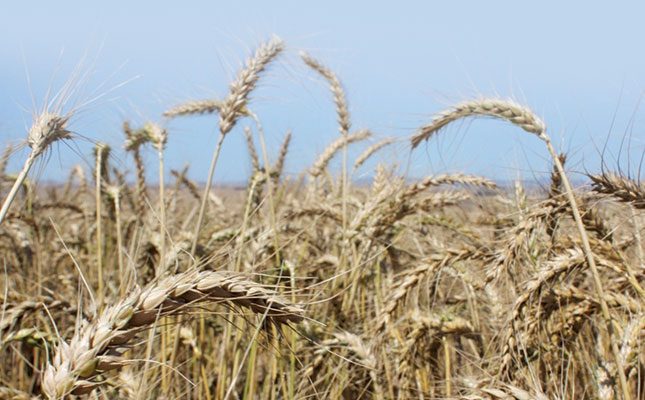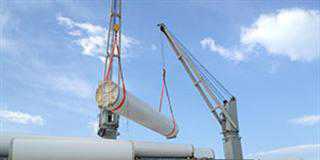
Photo: Supplied
Wandile Sihlobo, chief economist at Agbiz, told Farmer’s Weekly that the lower intention to plant would not be a problem, as it was still 3% higher than the five-year average of 528 690ha.
“Combined with favourable climatic conditions, the area could yield a solid harvest of 2,03 million tons, assuming an average yield of 3,75t/ha.”
Farmers intended to increase the area under malting barley by 8% to 109 100ha. While this was below the five-year average of 117 676ha, Sihlobo pointed out that a 19% year-on-year (y/y) increase to 368 758t could be expected if climatic conditions were favourable.
Farmers intended to increase the area under canola by 3% to 127 500ha, a record-high for the crop. With an average yield of 1,71t/ha, a 218 025t harvest could be expected under favourable climatic conditions, which was up 4% on last season, according to Sihlobo.
The area under cereal oats was expected to increase by 10% to 29 600ha, while the area under sweet lupines was expected to decline by 45% to 11 500ha.
André Kirsten, vice-chairperson of Grain SA’s Winter Grain region, who farms sweet lupines near Darling in the Swartland, said that he had a good start to the planting season.
“This has been the first season in many years that we have been able to plant in moisture. Unfortunately, areas such as the Rooi Karoo and the region between Eendekuil and Piketberg are still very dry.”
He ascribed the decline in sweet lupine planting appetite to a shortage of cultivars with good yields. “A new variety, called Coyote, will be under trial this year, which we hope will offer stable, high yields.”
In terms of the summer grains, the CEC adjusted its maize and soya bean estimates slightly upwards in the third production forecast, which indicated that South Africa was heading for its third biggest maize crop and biggest soya bean crop in history.
Maize production was now set at 15,9 million tons, up mildly from the previous estimate, and 3% higher than the 2022 crop. The yield was estimated at an average of 6,14t/ha. White maize production was set at 8,4 million tons and yellow maize production at 7,5 million tons.
“At these yields, South Africa will have sufficient supplies to meet domestic needs of roughly 11,4 million tons and remain with about three million tons for exports,” Sihlobo said.
The production forecast for soya bean was also raised by 1,7% to 2,8 million tons, at an expected yield of 2,4t/ha.
“The expected larger harvest means South Africa could meet its domestic demand and have just over 300 000t for exports. South Africa until recently had been a net importer of soya beans and soya bean products, so this is a whole new territory and will be a positive for the trade balance.”
Sorghum production was expected to be 2% lower than the previous forecast at 107 180t and dry bean production almost 3% lower at 46 710t.
The sunflower seed and groundnut forecasts have remained unchanged, with yields estimated at 797 610t and 49 080t respectively.
Sihlobo said that prices were softening, with maize prices now hovering around R3 600/t, roughly 20% down from a year ago. Sunflower and soya bean prices had also softened at the same rate, with spot prices currently trading around R8 442/t and R7 424/t, respectively.
Wheat prices were 10% lower y/y, trading around R6 650/t, at the end of April 2023.
Sihlobo expected prices to moderate as global commodity prices came down, but not to the lows experienced in 2019.
He said that input prices had come down since the start of the year, which would help balance the decline in winter grain crop prices.
In March, for instance, the price of essential agrochemicals, such as glyphosate and acetochlor declined by 36% and 18% respectively in rand terms, while essential fertilisers, such as ammonia, urea, di-ammonium, phosphate and potassium chloride were down 45%, 54%, 28% and 28% in rand terms. The changes would have been greater, if not for the weakening of rand.












